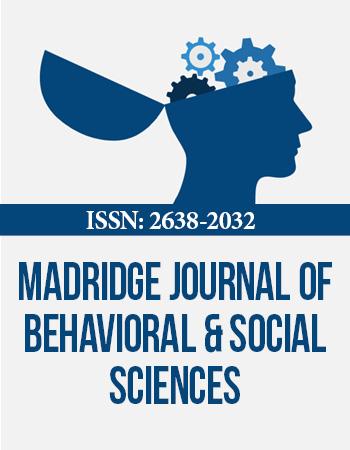International Conference on Alzheimerʼs Disease & Associated Disorders
May 7-9, 2018 Rome, Italy
C9 or f72 poly GA RAN-Translated Protein Plays a Key Role in Amyotrophic Lateral Sclerosis via Aggregation and Toxicity
1United Kingdom Dementia Research Institute Centre, Kingʼs College London, United Kingdom
2Department of Developmental Neurobiology, Kingʼs College London, UK
3Department of Biotechnology, Jožef Stefan Institute, Slovenia
4Department of Neuroscience, Mayo Clinic Florida, USA
An intronicGGGGCC (G4C2) hexanucleotide repeat expansion in C9 or f72 is the most common genetic cause of Amyotrophic Lateral Sclerosis and Frontotemporal Dementia (C9ALS/FTD). Repeat-associatednon-AUG (RAN) translation of G4C2 RNA can result in five different dipeptide repeatproteins (DPR: poly GA, poly GP, poly GR, poly PA, and poly PR), which aggregate into neuronal cytoplasmic and nuclear inclusions in affected patients, however their contribution to disease pathogenesis remains controversial. We show that among the DPR proteins, expression of poly GA in a cell culture model activates programmed cell death and TDP-43 cleavage in a dose-dependent manner. Dual expression of poly GA together with other DPRs revealed that poly GP and poly PA are sequestered by poly GA, whereas poly GR and poly PR are rarely co-localised with poly GA. Dual expression of poly GA and poly PA ameliorated poly GA toxicity by inhibiting poly GA aggregation both in vitro and in vivo in the chick embryonic spinal cord. Expression of alternative codon-derived DPRs in chick embryonic spinal cord confirmed in vitro data, revealing that each of the dipeptides caused toxicity, with poly GA being the most toxic. Further, in vivo expression of G4C2 repeats of varying length caused apoptotic cell death, but failed to generate DPRs. Together these data demonstrate that C9-related toxicity can be mediated by either RNA or DPRs. Moreover, our findings provide evidence that poly GA is a key mediator of cytotoxicity and that cross-talk between DPR proteins likely modifies their pathogenic status in C9ALS/FTD.
Biography:
Younbok Lee obtained her PhD in Molecular Neuroscience from University of Bristol (UK), in 2006, where he pursued a Three-year postdoctoral project. He discovered that the transcription factor Twist 1 is responsible for the direct regulation of microRNA 241-199 clusters, which is region specifically regulated for embryogenesis (Nucleic acid research, 2009). Then he moved to the Clinical Neuroscience in Kings College London in 2010 where he identified toxicity of the RNA foci of hexanucleotide expansion from C9 or f72 (Cell Reports, 2013). Currently he is working on molecular mechanism of noncoding RNA and binding proteins, which are responsible for ALS/FTLD.


